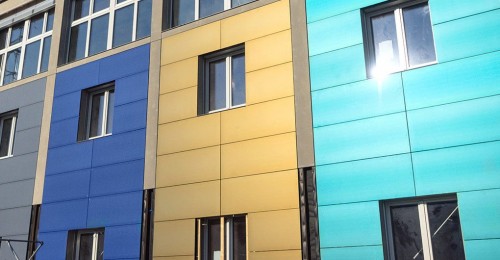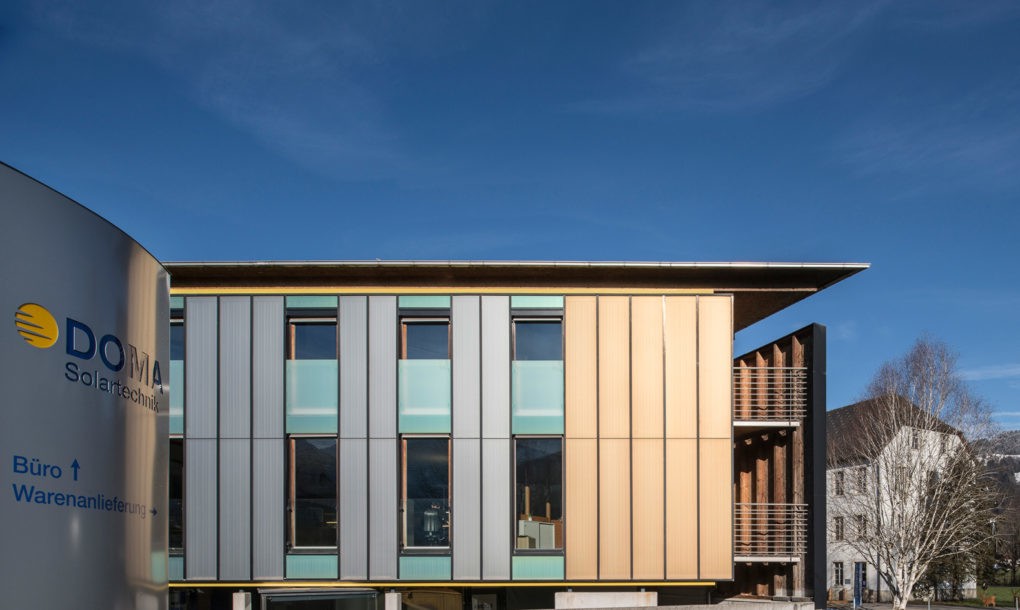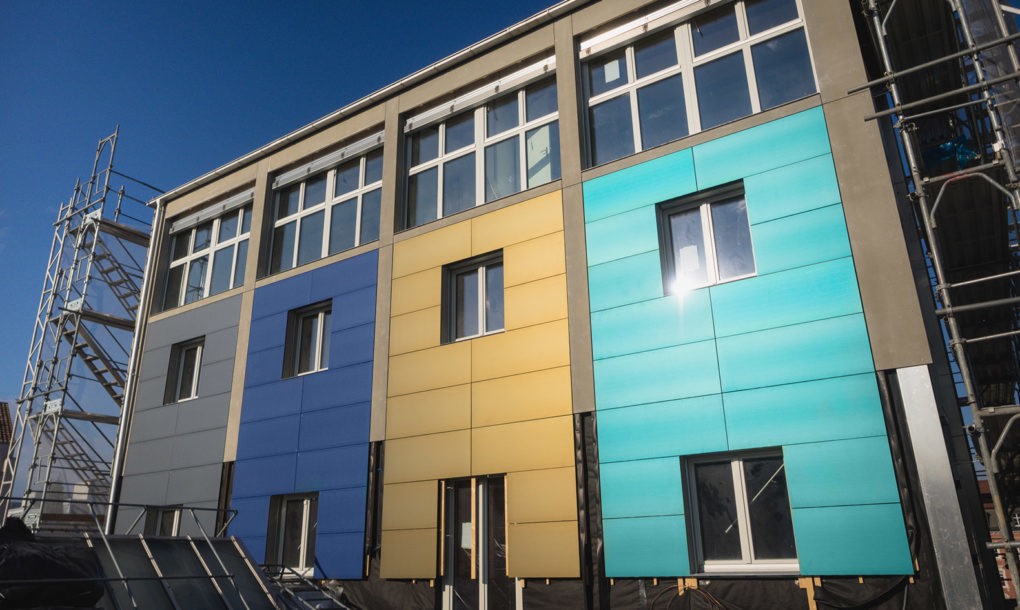RECOMMENDED VIDEOS

EPC contractor & IPP in power plant design & construction
TELEMENIA LTD

The Green Method - Geothermal Heating
The Green Method

Introduction of Times-Lite Electrical Engineering Sdn Bhd
Times-Lite Electrical Engineering Sdn Bhd

Nesjavellir Geothermal Power Plant
Mannvit Engineering

Ciel & Terre USA: First Hydrelio Floating PV system…
Ciel Terre International
Related Stories
The largest solar farm apiary in the US opens this week
The City of London will be powered with 100% renewable energy by October 2018
New study suggests that plastic waste may be transformed into usable energy
Uravu’s zero-electricity Aqua Panels produce gallons of water from thin air
104% of Portugal’s electricity consumption in March came from renewable energy
28 Dec, 2017

Building integrated solar panels from Dubai produce clean energy — and color
Renewable Energy & Energy Efficiency | UNITED ARAB EMIRATES | 03 Nov, 2017
Published by : Eco Media Asia
The United States could obtain 40 percent of its energy solely from rooftop solar (with sufficient political will). But what if solar panels could also boost architectural aesthetics? Dubai-based Emirates Insolaire hoped to do just that with their Kromatix technology, providing an alternative to the blue or black panels that adorn many roofs. Plus, their solar products aren’t limited to rooftops — they can also be integrated in balconies or facades.
Emirates Insolaire, a joint venture of Dubai Investments PJSC and SwissINSO, is changing our vision of solar with their Kromatix technology, developed with the Swiss Federal Institute of Technology. Emirates Insolaire offers Kromatix solar glass in gold, green, or terracotta, with an opaque finish that hides the power-generating technology inside. Solar transmittance varies among colors, but Emirates Insolaire said it is always greater than 85 percent. They also offer Kromatix modules manufactured with their solar glass that have an average efficiency of above 15 percent.

The company doesn’t use pigments to color their solar glass, but rather “a complex nano-scale multilayer deposition by plasma process,” and say the color will remain stable as time passes. According to Emirates Insolaire’s website, “The colored appearance results from the reflection of a narrow spectral band in the visible part of the solar spectrum. The rest of the solar radiation is transmitted to the solar panel to be converted into energy.”
The thickness of the solar glass is between 3.2 and eight millimeters. SwissINSO says the Kromatix colored solar panels can be integrated on facades and rooftops of all sorts of structures, from private homes to high-rise buildings.

Electrek also reported the Kromatix products are affordable; they estimated a 5.5 kilowatt solar system would cost between $1,300 and $1,500 per home. They said not counting tax credits or incentives, the system would cover the cost of coloring in a little over one and a half years.
Emirates Insolaire’s products have been installed across Europe, including at this school in Copenhagen.
Article from inhabitat.com
by Lacy Cooke
